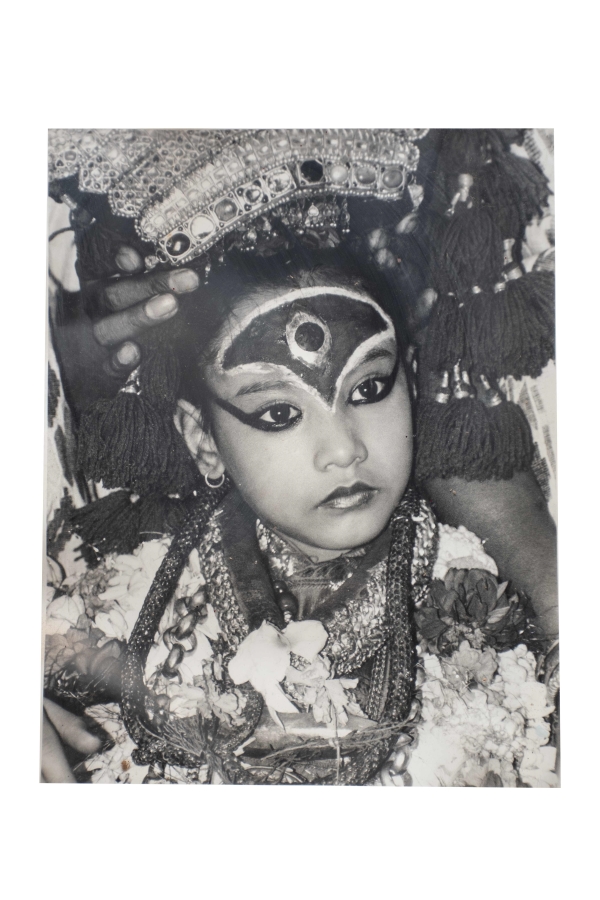Localized mosaic art finds a new significance in the Nepali art scene.
The colorfully patterned floor in my aunt’s house is a mosaic; I knew that without actually knowing it. I realized what it meant when I closely inspected the colorful tiles impressed on a wooden board. It finally took the shape of a huge butterfly on the wall of a home décor showroom. We have seen these mosaic floors numerous times but seldom have we seen any of these art works beautifying someone’s wall; in the movies, yes, but in Nepal, not really.
 The art form involves assembling together pieces of tiles or colored glass in order to create a distinct image. Colored pebbles, shells and ivory have all been used to create mosaics. This form of art has been transforming its tools and techniques with every passing generation in the rest of the world, claiming several centuries of popularity. In Nepal however, besides mosaic flooring, the craft has not seen much popularity; until now. If you see a mosaic display on someone’s table or a mosaic board finally getting familiar to a wall, chances are, you are looking at a mosaic produced by the Himalayan Art Project.
The art form involves assembling together pieces of tiles or colored glass in order to create a distinct image. Colored pebbles, shells and ivory have all been used to create mosaics. This form of art has been transforming its tools and techniques with every passing generation in the rest of the world, claiming several centuries of popularity. In Nepal however, besides mosaic flooring, the craft has not seen much popularity; until now. If you see a mosaic display on someone’s table or a mosaic board finally getting familiar to a wall, chances are, you are looking at a mosaic produced by the Himalayan Art Project.
Himalayan Art Project is a workshop under the Esther Benjamins Trust Nepal (EBT-N), a not-for-profit organization, founded in 1999 by Philip Holmes. The mosaic workshop started out with a vision to empower hearing impaired adults and to date, has become a sanctuary for female victims of human trafficking and youths rescued from Indian circuses. The project started in the EBT home in Godavari in 2005, expanding later to Hetauda and Bhairahawa. Professional mosaic artists from UK came to Nepal as volunteers to guide these youths and the first training session ran for three months.
Some of the exceptionally good students later began to train other youths and that is how EBT now has a group of professional mosaic artists. These artists use colored ceramic tiles, wooden boards, grout and glue to transform “worthless” items into extraordinary art. The design or concept is prepared first, before tracing it on a wooden board using carbon paper. The tiles are filed into required shapes and are arranged by color to form a picture. These pieces are pasted on the wooden board with gaps being filled using grout.
The final pieces are inspired from Nepalese culture, religious icons and wildlife. The artists might also be approached by interested groups with their own motifs. These mosaic art pieces, however, are not limited to wooden boards. The other workshop conducted by EBT on jewelry, also incorporates micro mosaics using ceramic tile create unique pieces of contemporary silver jewelry. These works have been showcased through various exhibitions and are displayed in embassies and major hotels. Though it has not been long since Nepal has had its first mosaic art, the mosaics produced by EBT is also on demand from foreign countries.
Mosaics are pleasant to look at. Though an art form, it is no less than a puzzle. You get a different perspective on the picture stamped on the wooden board. Stand four feet away, it is a painting; come closer, the board in front begins to look different. Perhaps it is a sign of changing times and the forever evolving local art scene here in Nepal.










